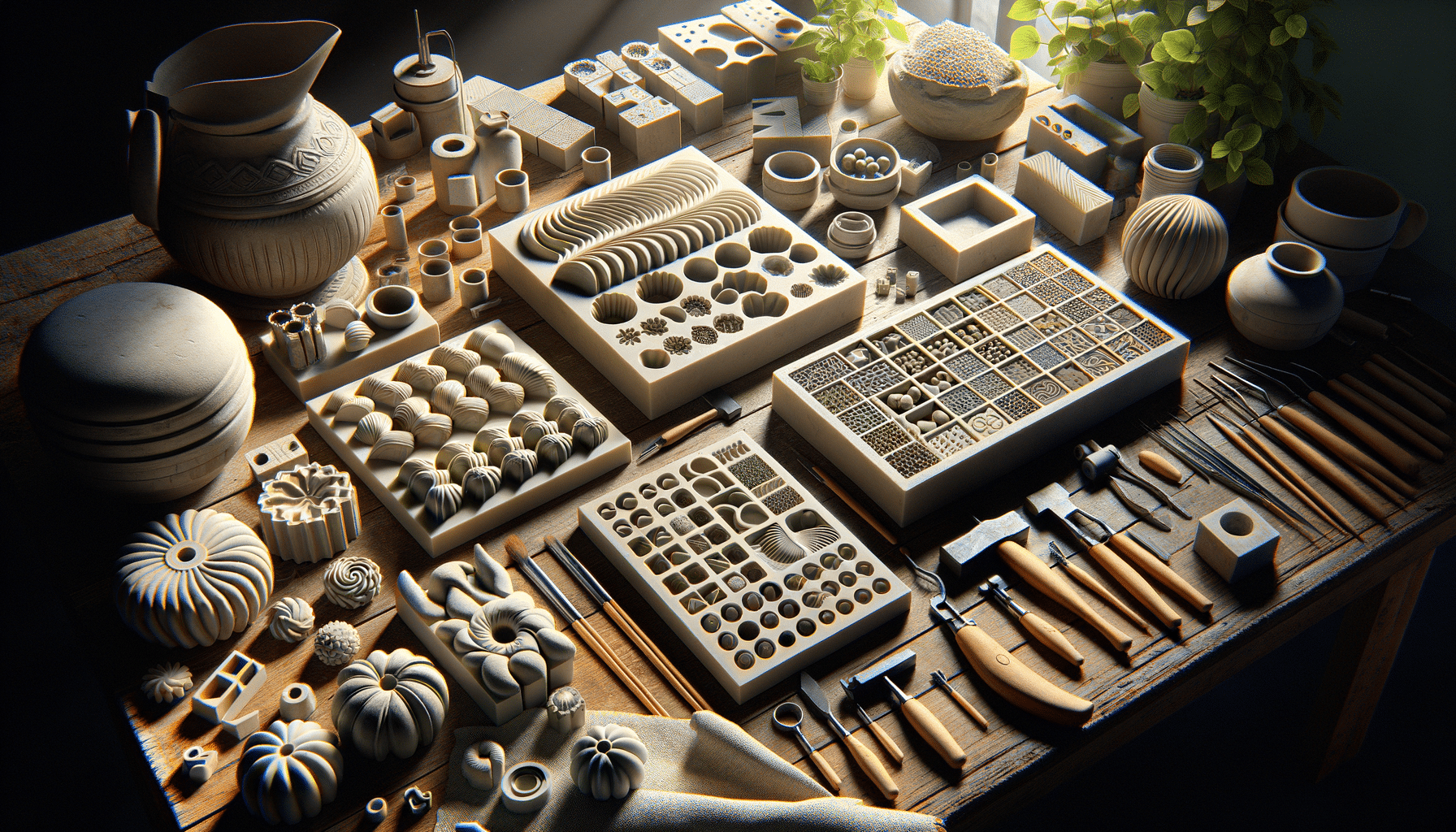Exploring the World of Concrete Molds: Crafting with Precision
Concrete molds are essential tools in construction and crafts, shaping the way we design and build.

Introduction to Concrete Molds
Concrete molds are essential tools in construction and crafts, shaping the way we design and build. They serve as the backbone for creating a variety of concrete structures, from simple garden ornaments to complex architectural elements. Understanding the importance of concrete molds can open up a world of possibilities for both professional builders and DIY enthusiasts. These molds are not just about containment; they define the final shape, texture, and even the strength of the concrete structure. As we delve into the world of concrete molds, we will explore their types, uses, and the significant impact they have on construction and design.
Types of Concrete Molds
Concrete molds come in various shapes and sizes, each designed for specific applications. The most common types include:
- Reusable Molds: Made from durable materials like plastic or rubber, these molds can be used multiple times, making them cost-effective for repeated projects.
- Disposable Molds: Often made from cardboard or thin plastic, these are used for single-use projects, ideal for unique designs or one-off creations.
- Custom Molds: Tailored to specific design requirements, custom molds are crafted to meet unique architectural or artistic needs.
Each type of mold serves a distinct purpose and is chosen based on the project’s requirements, budget, and desired outcome. Reusable molds are popular for their longevity and versatility, while disposable molds are favored for their simplicity and convenience. Custom molds, though more expensive, offer unparalleled creativity and precision in design.
Applications of Concrete Molds
The applications of concrete molds are vast and varied, spanning numerous industries and creative fields. In construction, they are used to create structural elements like beams, columns, and slabs. In landscaping, molds are utilized to produce decorative items such as stepping stones, garden statues, and planters. The versatility of concrete molds also extends to the arts, where artists use them to craft intricate sculptures and installations.
Concrete molds are not limited to large-scale projects; they are also popular in small DIY projects. Homeowners and hobbyists use molds to create personalized garden paths, custom furniture, and unique home decor items. The adaptability of concrete molds makes them an invaluable tool for both professional and amateur builders alike.
Choosing the Right Concrete Mold
Selecting the appropriate concrete mold is crucial for the success of any project. Factors to consider include:
- Material: The choice between plastic, rubber, or metal molds depends on the desired finish and durability.
- Size and Shape: The mold must align with the project’s specifications, ensuring that the final product meets design expectations.
- Budget: Cost considerations can influence the choice between reusable, disposable, or custom molds.
Understanding these factors helps in making informed decisions that align with project goals and constraints. A well-chosen mold not only enhances the quality of the finished product but also optimizes time and resources.
Maintenance and Care of Concrete Molds
Proper maintenance and care of concrete molds ensure their longevity and performance. Here are some tips:
- Cleaning: Regular cleaning prevents residue buildup, which can affect the mold’s performance and the quality of the final product.
- Storage: Store molds in a cool, dry place to prevent warping or damage from environmental factors.
- Inspection: Regularly inspect molds for any signs of wear or damage, addressing issues promptly to avoid compromising future projects.
By following these guidelines, you can extend the life of your concrete molds, ensuring they remain a valuable asset for future projects.
Conclusion: The Art and Science of Concrete Molds
Concrete molds are more than just tools; they are the intersection of art and science in construction and design. Whether used in large-scale building projects or small DIY endeavors, they offer endless possibilities for creativity and innovation. By understanding the different types, applications, and maintenance of concrete molds, anyone can harness their potential to create stunning and functional concrete structures. As you embark on your next project, consider the role of concrete molds in shaping your vision into reality.